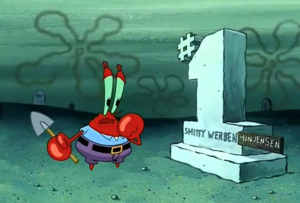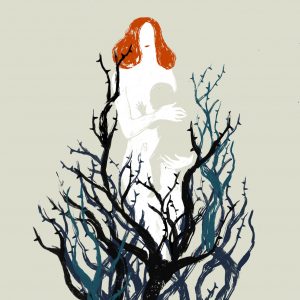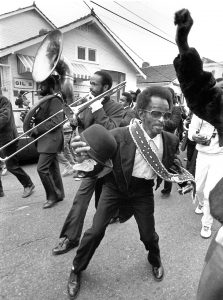This past Friday night, my Disney-obsessed best friend dragged me to watch Coco with her at Harland Cinema. Okay, okay, you got me, she didn’t have to drag me; I totally wanted to go because I, too, am Disney-obsessed. Coco is about a boy named Miguel and his family in Mexico celebrating ‘Día de Muertos’ – day of the dead – which is the night when souls can cross over from the spirit world to visit their living relatives. In the movie, Miguel flips the script and is sent to the Land of the Dead while he’s still alive to learn about the value of family. This animated movie is intended for a young audience, so I was pleasantly surprised that, besides being visually stunning, it successfully presented some mature topics with nuance and wisdom. These intense themes range from spousal resentment to old age and dementia, but for class we’ll focus on death and the concept of staying connected with those that have left this world.
In the world depicted in Coco, a person’s soul lives on in the Land of the Dead after they die. Each year on Día de Muertos, a bridge is constructed between the spirit world and the living world. Souls whose families remember them fondly can cross over this bridge to see their descendants once again. If a soul is not remembered fondly, and therefore not pictured on anyone’s ‘ofrenda’ – a ritual altar where the living place offerings for their ancestors – then they are not allowed to cross the bridge. This was the case with the soul of Miguel’s great-great-grandfather Hector, who was said to have abandoned the family and was ripped out of the photo with his wife and now elderly daughter Coco. The only problem for Hector initially was that he missed out on seeing Coco each year, which was devastating for him. However, his true problem arose due to Coco’s failing memory; when the time comes that everyone who remembers a soul during his/her life has died, the soul suffers “the Final Death”, disappearing from the Land of the Dead forever.
I find this concept to be the most intriguing part of the movie. Mexican culture very clearly embraces death as a natural part of life, as indicated by its festival to reconnect with deceased loved ones. However, the Land of the Dead in the movie is vivacious and doesn’t feel very different from Miguel’s living world. Yet the presence of this ominous final death shows that even cultures which encourage acceptance of human mortality still have a fear of death. This stirs up the question about what it is we are actually afraid of: is it the fact that the souls disappear into the unknown after their Final Death? Many fears stem from the unknown, such as nyctophobia (fear of the dark), or xenophobia (fear of foreign people or situations). Such can be said about a fear of death. However, there is a discrete point at which the souls in Coco experience the Final Death, which is when there is nobody left in the living world who remembers them. This suggests that perhaps fear of Final Death really is about a societal terror of being forgotten. With the rise of social media has come an increase in the prevalence and desire to live in the public eye. For people who prioritize fame in life, surely being remembered after death is also of serious concern.
Regardless of what property of death is so scary, Coco does an excellent job of creating a platform for parents to talk about death with their kids in a more approachable way, and to introduce them to a culture which has a healthy relationship with mortality.






